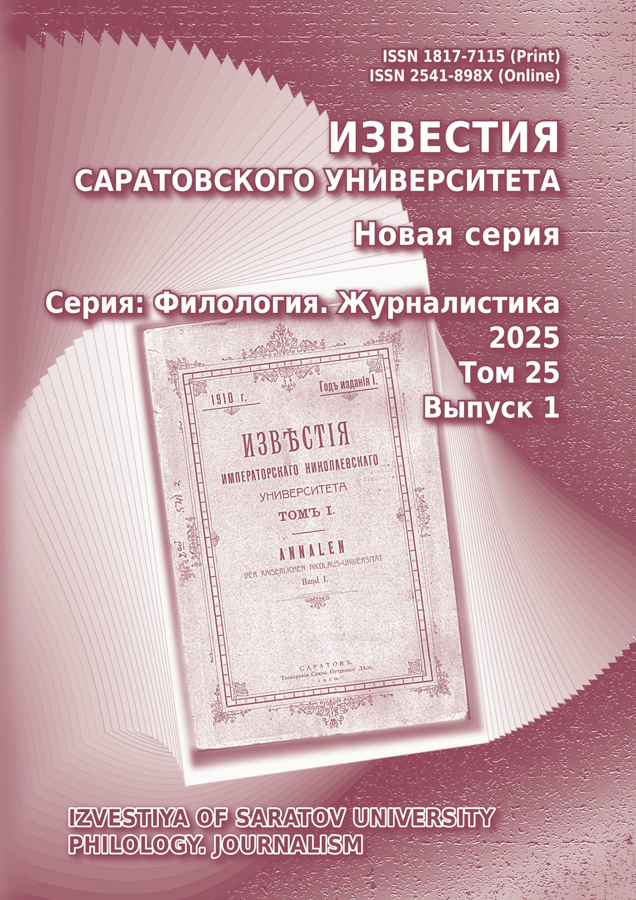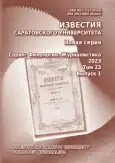This article deals with the issues of the terminological system formation as a set of professional knowledge terms on the example of English customs activities. The terminology of this fi eld of knowledge plays a key role in the formation of a professional language. It is possible to use diff erent approaches in the study of the problems of systematization and classifi cation of lexical units. Firstly, the composition of the customs dictionary should be considered as a unique, integral structure, including separate components – thematic groups of terms. Secondly, the close relationship of customs concepts with other professional fi elds should be analyzed. The study is conducted on the English legislative acts material, including customs, periodicals, dictionary entries, etc. The variant of the customs term system structure proposed by the author of the article includes six comprehensive semantic and thematic groups: customs management, customs procedures, customs nomenclature, customs duties and taxes, customs statistics, customs control. Each group contains a list of customs concepts, which, in turn, are related not only to each other, but also to other groups. This confi rms the fact that the term system of customs activities functions as an integral mechanism. On the other hand, the development and formation of the term system of customs activity is greatly infl uenced by the term systems of spheres related to that of customs. It seems possible to trace the relationship between the terminological systems of customs activity and the legislative branch, criminal law, international law, administrative law, IT-technology, transport logistics, offi ce management, economics, foreign trade, medicine and many other spheres, which once again confi rms the interdisciplinary nature of the fi eld of knowledge under consideration.
 4-10
4-10


 11-16
11-16


 17-22
17-22


 23-28
23-28


 29-35
29-35


 36-41
36-41


 42-47
42-47


 48-54
48-54


 55-61
55-61


 62-66
62-66


 67-72
67-72


 73-79
73-79


 80-85
80-85


 86-90
86-90


 91-98
91-98












